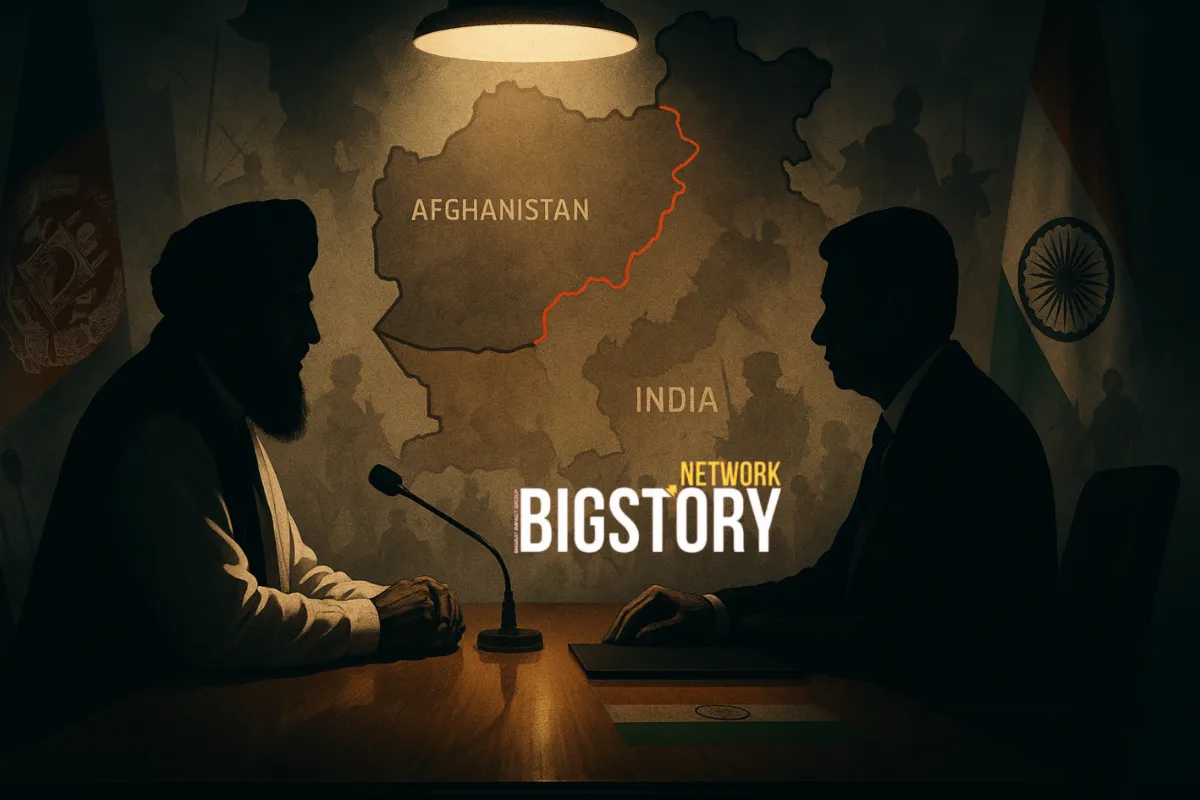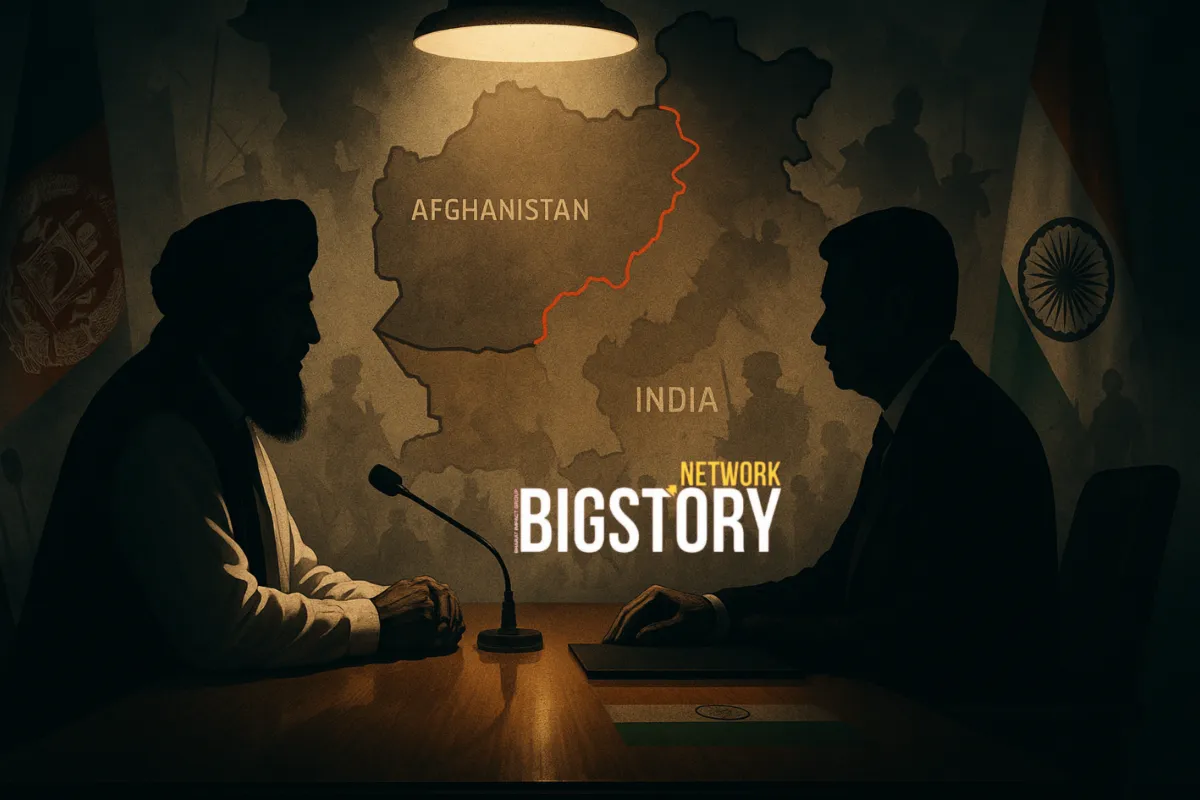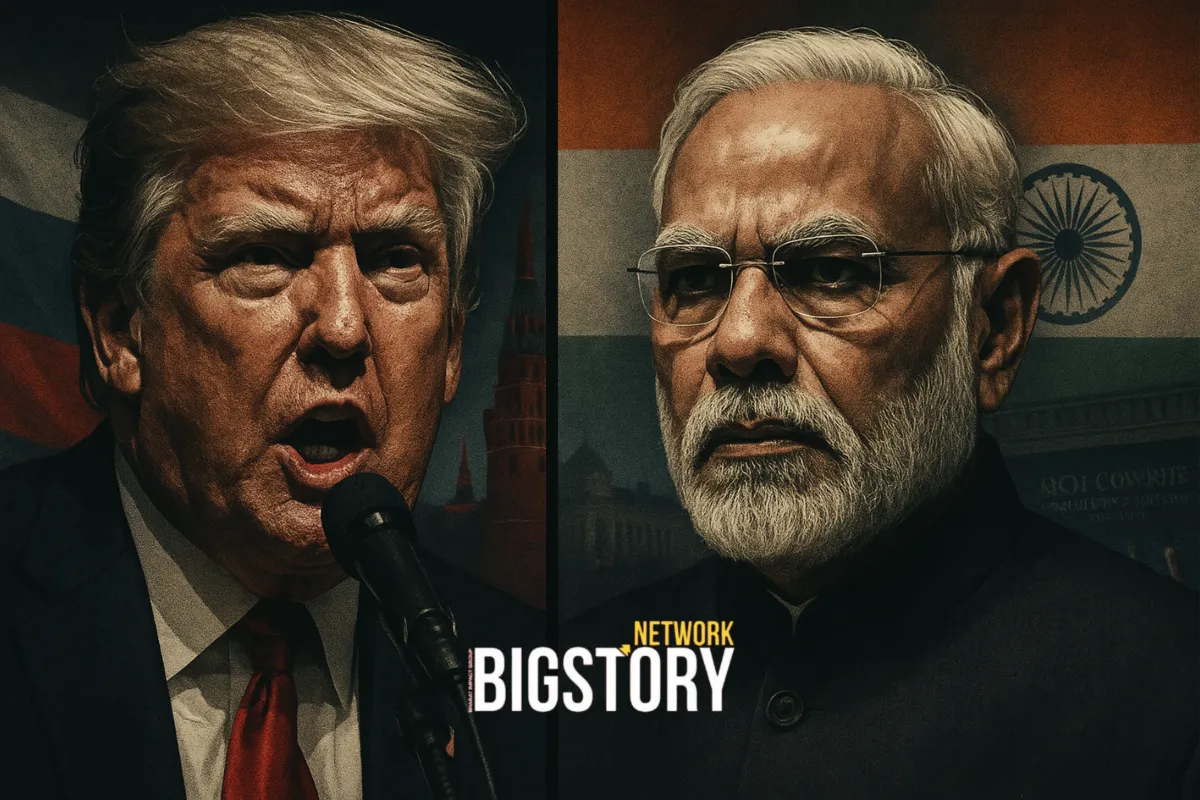Afghanistan’s Taliban government made its boldest diplomatic play yet this month. On October 9, 2025, Foreign Minister Amir Khan Muttaqi landed in New Delhi for a six-day visit — the first by a Taliban leader since the group seized power in 2021.
Within 24 hours of his arrival, External Affairs Minister S. Jaishankar announced India would reopen its embassy in Kabul, closed after the Taliban takeover. Muttaqi, speaking at a joint press conference, pledged: “Afghan territory will not be used against any country.”
The pledge came at a remarkable moment. Even as Muttaqi spoke in New Delhi, Taliban fighters were exchanging heavy fire with Pakistani troops along the Durand Line, in the bloodiest border clashes since 2021. Pakistan reported 23 soldiers killed; Afghanistan claimed 58 Pakistani deaths and 25 captured posts. A Qatar-brokered ceasefire followed days later, but tensions remain high.
A group once treated as an international pariah is now using conflict with Pakistan to court India—turning its greatest liability into diplomatic capital.
Why Now — Converging Pressures
Pakistan’s nightmare, India’s opening
Pakistan once saw the Taliban as a strategic asset. Four years after celebrating their return to power, Islamabad faces escalating cross-border attacks by the Tehreek-e-Taliban Pakistan (TTP), operating from Afghan soil. When Pakistan launched airstrikes on Kabul this month, the Taliban retaliated—directly, and publicly.
For India, this was the opening. By engaging the Taliban diplomatically, New Delhi gains a regional foothold at the precise moment Pakistan’s relationship with Kabul is unraveling. India has $3 billion in past development investments in Afghanistan—and a strategic interest in keeping Pakistani influence in check.
The China and US factor
China’s deepening strategic axis with Pakistan, through CPEC and regional energy routes, has pushed India to re-engage Afghanistan as a buffer and bridge. Meanwhile, Washington’s renewed interest in Bagram Air Base and closer military ties with Islamabad give New Delhi even more incentive to create its own channel with Kabul.
The Durand Line — A Border That Isn’t
At the center of the crisis is the Durand Line—a 2,640 km boundary drawn in 1893 that Afghanistan has never recognized. Pakistan treats it as an international border; the Taliban calls it “imaginary.”
The Taliban’s refusal to accept the line pits it directly against Pakistan’s territorial narrative. This also serves India’s interests: Afghanistan’s position weakens Pakistan’s strategic depth and provides Delhi leverage without military involvement.
Muttaqi underscored this during his India visit, referring to the Durand Line as a “disputed and enforced boundary.” It was a clear diplomatic signal to Islamabad—and a quiet assurance to India.
The People and the Power Plays
Amir Khan Muttaqi — The Taliban’s Diplomatic Face
Born in Helmand and educated at Pakistan’s Darul Uloom Haqqania, Muttaqi rose through the Taliban ranks as Minister of Information during the 1990s regime. In Doha, he became the group’s chief negotiator with the West. Now foreign minister, he represents the Taliban’s pragmatic faction—willing to talk to everyone, including India.
His India visit was carefully choreographed. Meetings with Jaishankar and Indian officials were paired with religious outreach at Darul Uloom Deoband and closed-door talks with Afghan minorities. His message was clear: engagement, not isolation.
S. Jaishankar — The Realist Diplomat
India’s foreign minister used the visit to reclaim lost diplomatic ground. Alongside the embassy reopening, India announced new development projects: hospitals, diagnostic centers, and ambulances for Afghan provinces. Officially, India maintains it has not “recognized” the Taliban. In practice, it has normalized direct diplomatic engagement.
The Human Layer — Who Pays for Geopolitics
- Pashtun communities: 55 million people live divided by the Durand Line. Cross-border clashes cut off trade, family connections, and livelihoods.
- Afghan women: Under Taliban rule since 2021, women face near-total exclusion from public life. India’s joint statement with the Taliban made no mention of women’s rights.
- Pakistani soldiers and civilians: This month’s border clashes left dozens dead. It was the human cost behind diplomatic maneuvering.
Why This Story Matters
The Taliban is not “becoming a peacemaker” in the conventional sense. It is weaponizing diplomacy the way it once weaponized insurgency—selectively, tactically, and in its own interests.
India is not “recognizing” the Taliban officially, but is treating it as the de facto government, reopening embassies, signing statements, and pursuing economic ties. Pakistan is watching a former proxy turn into a rival partner of its chief adversary.
This moment isn’t about peace. It’s about strategic realignment in South Asia’s most volatile triangle.
The Big Picture
When the Taliban promises to “not let Afghan soil be used against any country,” it isn’t a peace treaty. It’s a strategic signal—to India, to Pakistan, and to the world—that it can be a gatekeeper or a spoiler, depending on who listens.
India has chosen to listen. Pakistan is paying the price. And the region, once again, is reshaped not by treaties, but by transactions.
FAQ
Q1. Why is Amir Khan Muttaqi’s visit to India significant?
This is the first official visit by a Taliban foreign minister since 2021, signaling a major diplomatic shift. It coincided with Taliban–Pakistan clashes, giving the visit additional strategic weight.
Q2. Has India formally recognized the Taliban government?
No. India maintains that engagement does not equal recognition. But reopening the Kabul embassy and signing joint statements indicates functional normalization of ties.
Q3. What is the Durand Line and why is it central to this story?
The Durand Line is a 2,640 km boundary drawn in 1893 that Afghanistan has never recognized. The Taliban’s rejection of the border intensifies tensions with Pakistan and aligns, indirectly, with Indian interests.
Q4. What role does Pakistan play in this conflict?
Pakistan once supported the Taliban but now faces attacks from TTP militants based in Afghanistan. Clashes this month reflect the collapse of that old strategic equation.
Q5. How does this affect Afghan women and civilians?
Engagement with the Taliban risks sidelining women’s rights, which have been severely restricted under Taliban rule. Cross-border clashes have also disrupted livelihoods for civilians in border areas.
Q6. Does this visit change regional power dynamics?
Yes. It deepens India’s foothold in Afghanistan, isolates Pakistan, and gives the Taliban leverage on the diplomatic stage.







Leave a Reply